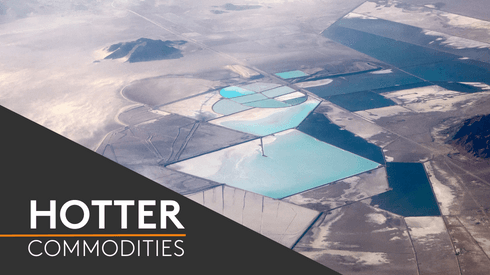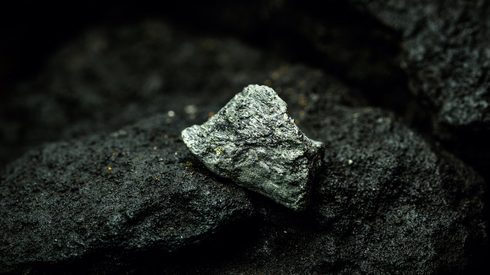The companies announced on Tuesday November 19 that they were combining in an all-stock merger to create “a leading lithium business.”
The simplified corporate structure aligns North American Lithium (NAL) offtake economics and removes contractual complexities, while the unified ownership of NAL unlocks the potential for a significant brownfield expansion and the combined scale provides strategic flexibility to combine and optimize downstream strategies, according to the companies.
“This low price environment is causing pain in the lithium industry and while we have seen some M&A activity where a better established/capitalized player takes over a smaller player, as seen with Pilbara Minerals’ acquisition of Latin Resources and Rio Tinto’s acquisition of Arcadium Lithium, the Piedmont-Sayona merger seems more about joining forces to take advantage of the potential synergies and to provide them with optionality over which projects to develop, which will give the merged company strategic flexibility,” Adams said.
The companies have been partners in the hard rock spodumene open pit mining operation NAL in Quebec, Canada. The operation, which also has a concentrator, is owned by Sayona Quebec, which is a joint venture between Piedmont and majority owned by Sayona Mining.
NAL is North America’s largest-producing lithium mine and one of the world’s few active hard rock spodumene operations, according to the companies. The first spodumene from the mine shipped in August 2023 and the operation has reached steady-state production in June 2024.
According to Piedmont’s third quarter 2024 earnings report, NAL produced approximately 52,100 dry metric tonne (dmt) of spodumene concentrate during the quarter, up by 5% from the second quarter of 2024.
NAL is Sayona Mining’s flagship mine.
The company also owns the Authier, Tansium, Moblan and Lac Albert lithium projects in Canada, in addition to lithium, gold and graphite projects in Western Australia.
Piedmont has another joint venture (JV) with Atlantic Lithium at the Ewoyaa Lithium Project in Ghana and is the sole owner of the Carolina Lithium project in the United States.
This merger combines two complementary businesses and will create a larger and stronger company,” Keith Phillips, Piedmont Lithium president and chief executive officer, said on Tuesday.
“This merger marks a transformative step for Sayona and Piedmont, creating a leading North American lithium producer with the scale and capabilities to meet the growing demand for lithium products,” Luca Dow, Sayona CEO and managing director, said. “We believe our combined resources and expertise will enable us to deliver significant value to our shareholders and stakeholders. We are excited about the opportunities this merger presents to accelerate our growth plans and enhance our strategic flexibility.”
Following the merger, the companies announced on November 20 that Piedmont had successfully closed a bookbuild for approximately $27 million equity financing.
Trade with lithium price data that is unbiased, IOSCO-compliant and widely used across the energy commodity markets. Our lithium prices are market-reflective, assessing both the buy- and sell-side of transactions. Talk to us about our market-reflective lithium prices, data and analysis. Find out more.






